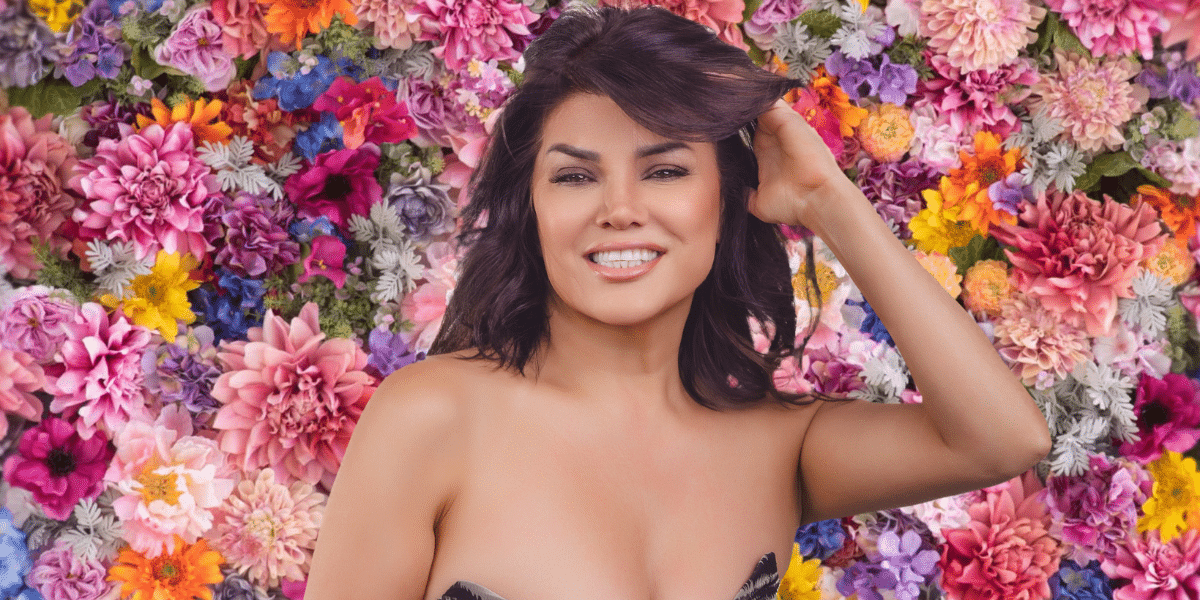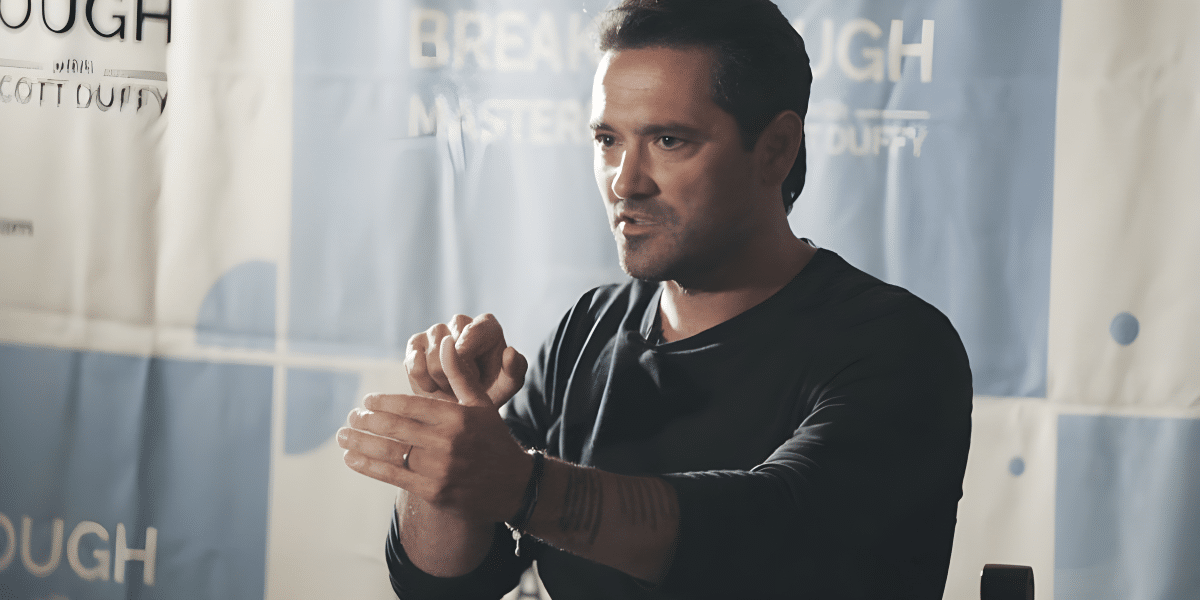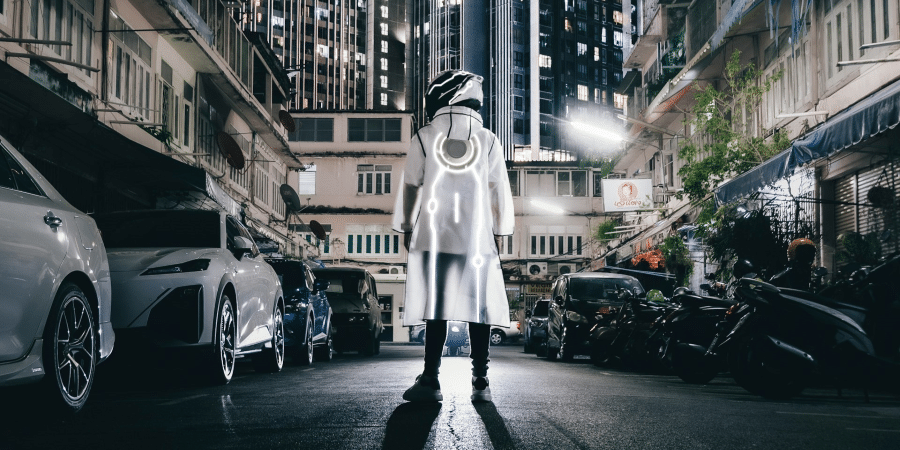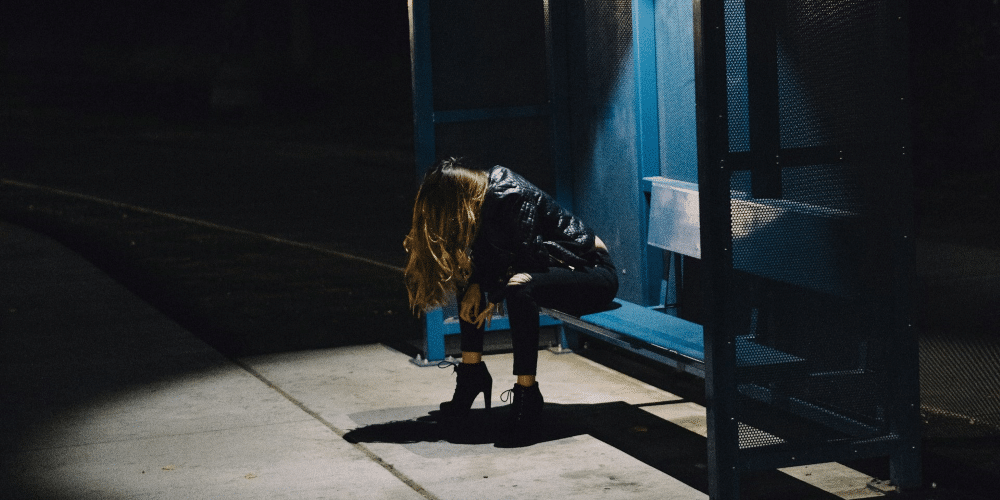Silhouettes, those darkened outlines against a brighter background, have long been employed in filmmaking to add depth, drama, and visual interest to scenes. From conveying emotions and storytelling to creating striking visual compositions, silhouettes play a significant role in shaping the aesthetic and narrative impact of films. In this article, we’ll explore the significance of silhouettes in movies, how they contribute to cinematic storytelling, and why filmmakers continue to utilize them as powerful visual elements.
Creating Visual Contrast and Drama
One of the primary functions of silhouettes in films is to create visual contrast and drama within a scene. By juxtaposing dark, shadowy figures against a lighter background, filmmakers can instantly draw the viewer’s attention to the subject of the silhouette, emphasizing their presence and importance within the frame.
For example, a lone figure standing in silhouette against a sunset sky can evoke a sense of loneliness, isolation, or contemplation. Similarly, a silhouette cast against a brightly lit window can create a sense of mystery, intrigue, or danger. By using silhouettes to highlight key moments or characters within a scene, filmmakers can enhance the visual impact and emotional resonance of their films.
Enhancing Mood and Atmosphere
Silhouettes are also effective tools for enhancing the mood and atmosphere of a film. Depending on the context and composition, silhouettes can evoke a wide range of emotions and tones, from romantic and ethereal to eerie and ominous.
For example, a couple embracing in silhouette against a moonlit night sky can convey a sense of romance and intimacy, while a figure lurking in the shadows can create a feeling of tension and suspense. By manipulating the lighting, framing, and positioning of silhouettes within a scene, filmmakers can imbue their films with a sense of depth and complexity that resonates with viewers on a visceral level.
Conveying Symbolism and Subtext
In addition to their visual impact, silhouettes are often used in films to convey symbolism and subtext, adding layers of meaning and nuance to the storytelling. Silhouettes can represent ideas, themes, or character traits in a subtle yet powerful way, allowing filmmakers to communicate complex concepts without relying on dialogue or exposition.
For example, a silhouette of a bird in flight may symbolize freedom, liberation, or escape, while a silhouette of a tree may represent growth, renewal, or resilience. Similarly, the juxtaposition of two silhouettes—a larger one towering over a smaller one—can suggest power dynamics, hierarchy, or dominance within a relationship. By incorporating silhouettes into their films, filmmakers can enrich the narrative and engage the audience on a deeper level.
Fostering Visual Imagination and Interpretation
Silhouettes have a unique ability to stimulate the viewer’s imagination and encourage interpretation, inviting them to actively engage with the visual elements of a film. Unlike more explicit forms of imagery, silhouettes leave room for ambiguity and speculation, allowing viewers to project their own thoughts, feelings, and experiences onto the screen.
For example, a vague silhouette of a figure in the distance may prompt viewers to wonder about the character’s backstory, motivations, or intentions. Similarly, a partially obscured silhouette may leave viewers guessing about the character’s identity or role within the story. By leaving certain details open to interpretation, filmmakers can create a sense of mystery and intrigue that captivates and enthralls the audience.
Achieving Visual Beauty and Elegance
Beyond their narrative and symbolic significance, silhouettes can also contribute to the visual beauty and elegance of a film. When executed with precision and artistry, silhouettes can create stunning visual compositions that captivate the eye and linger in the memory long after the film has ended.
For example, a silhouette of a dancer against a backdrop of swirling fabric can evoke a sense of grace, fluidity, and movement. Similarly, a silhouette of a city skyline at dusk can convey a sense of grandeur, majesty, and awe. By harnessing the power of silhouettes to create visually striking and evocative images, filmmakers can elevate the aesthetic quality of their films and leave a lasting impression on viewers.
Silhouettes: A Fixed Asset in Film
Silhouettes play a multifaceted and essential role in shaping the aesthetic and narrative impact of films. From creating visual contrast and drama to enhancing mood and atmosphere, conveying symbolism and subtext, fostering visual imagination and interpretation, and achieving visual beauty and elegance, silhouettes are versatile tools that filmmakers use to captivate, engage, and inspire audiences.
By harnessing the power of silhouettes, filmmakers can enrich their storytelling, deepen their characters, and elevate the visual language of their films to new heights. As such, silhouettes will continue to remain a timeless and indispensable element of cinematic storytelling, cherished by filmmakers and appreciated by audiences for generations to come.














